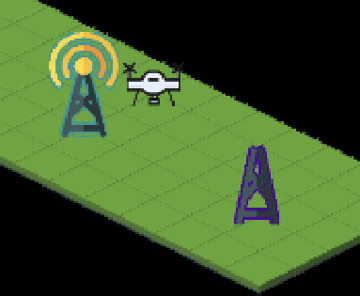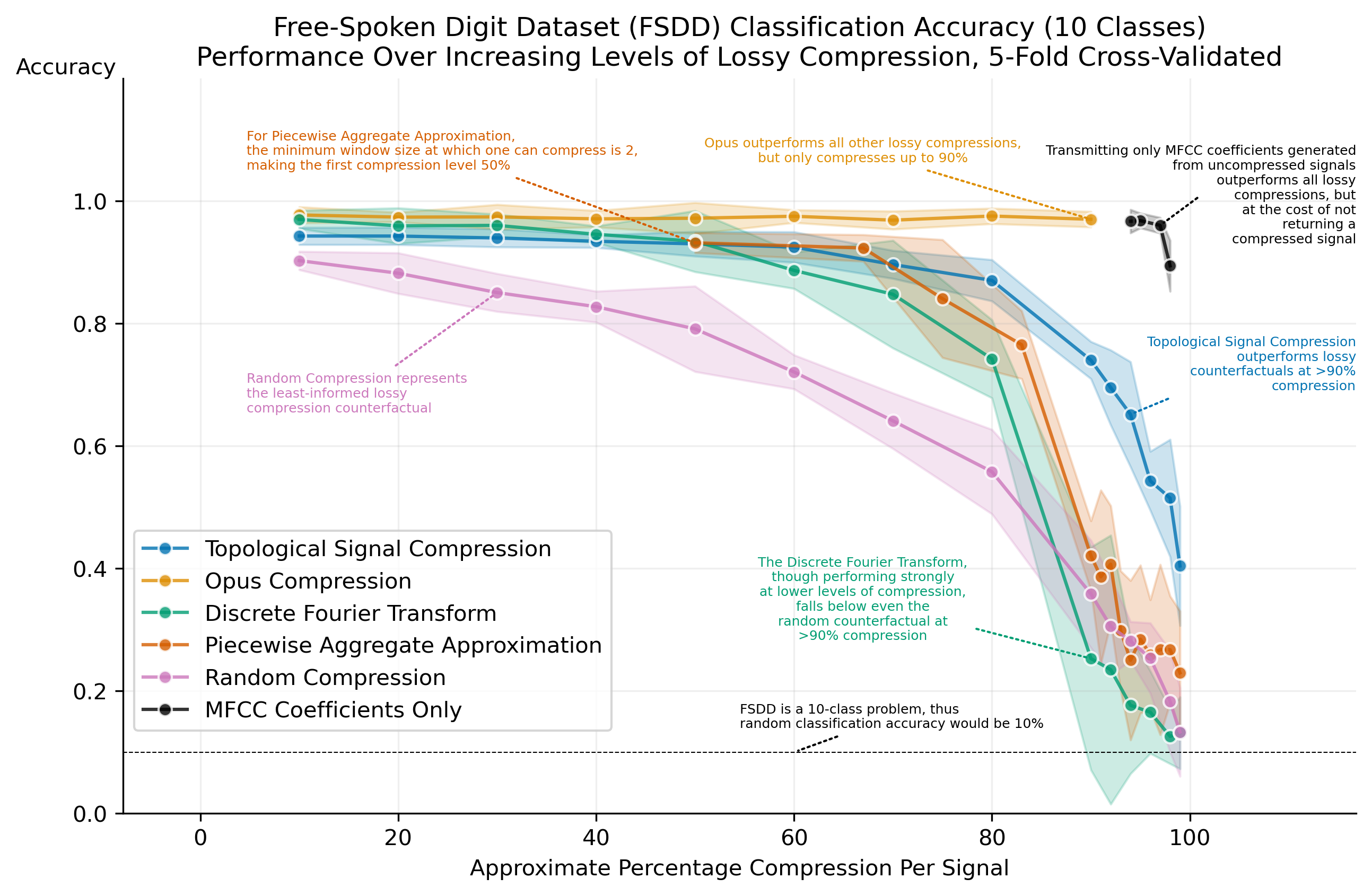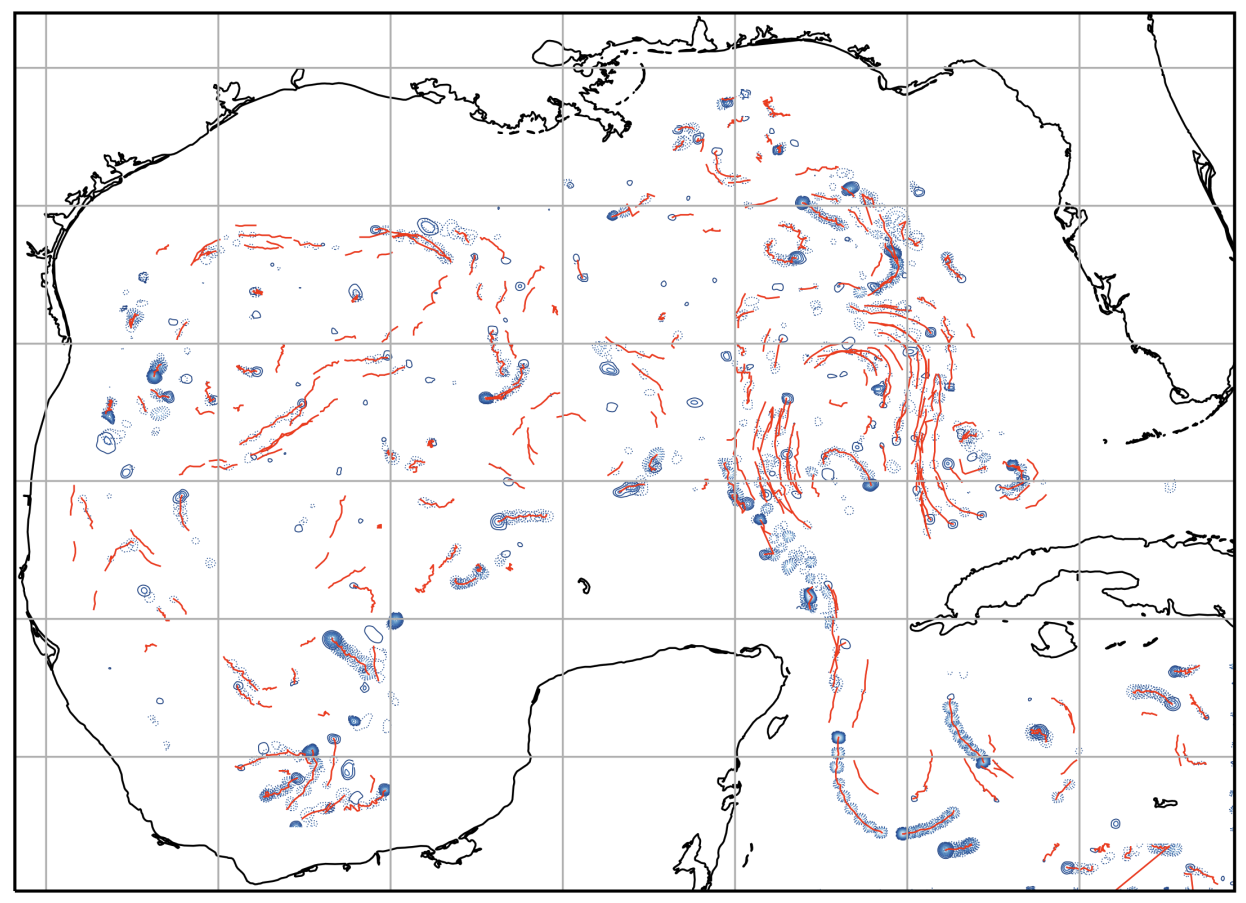Selected Publications
Topological Parallax: A Geometric Specification for Deep Perception Models
Abraham Smith, Michael Catanzaro, Gabrielle Angeloro, Nirav Patel, Paul Bendich
Funded by NASA and the DARPA Geometries of Learning program, this NeurIPS paper contributes an entirely novel technique, topological parallax, to the currently fraught debate about how to evaluate the safety and generalizability of deep learning methods. Going well beyond traditional statistical notions of training and test accuracy, topological parallax uses mathematical techniques to quantify the geometric match between a dataset and a model, and demonstrates via example and theory that models which have poor geometric match exhibit dangerous performance.
Topological Decompositions Enhance Efficiency of Reinforcement Learning
Michael J. Catanzaro, Aaron Dharna, Jay Hineman, James B. Polly, Kevin McGoff, Abraham D. Smith
2024 IEEE Aerospace Conference, Big Sky, MT, USA, 2024, pp. 1-8
Funded by AFRL, this paper provides Reinforcement Learning (RL) algorithms for sensing tasks that scale significantly better than prior state-of-the-art. The key idea uses topology to define decompositions of state-action space that guide the RL agent to learn without exploring in an unproductive fashion.
Topological Simplification of Signals for Inference and Approximate Reconstruction
Gary Koplik, Nathan Borggren, Sam Voisin, Gabrielle Angeloro, Jay Hineman, Tessa Johnson, P. Bendich
2023 IEEE Aerospace Conference, Big Sky, MT, USA, 2023, pp. 1-11
Edge devices frequently operate with limited processing power as well as tightly-constrained, possibly variable communications budgets. This complicates the transmission of signals, especially at the highest levels of compression. Funded by the DARPA Ocean of Things program, during which hundreds of inexpensive floats mounted with multiple sensors could only send a few hundred bytes per hour via satellite uplink, this paper (Best Paper, Sensing Track, IEEE Aerospace Conference) defines a topological compression scheme and demonstrates via rigorous experiment that it outperforms the state-of-the-art at high levels of compression.
Topological Feature Tracking for submesoscale eddies
S. Voisin, J. Hineman, J.B. Polly, G. Koplik, K. Ball, P. Bendich, P.,J. D’Addezio, G. Jacobs, T. Özgökmen
Geophysical Research Letters (2022), 49
Funded by the DARPA Ocean of Things program, GDA collaborated with research scientists at the Naval Research Laboratory to quantify the time-varying behavior of ocean eddies at the submesoscale. We used a cutting-edge technique based on topological data analysis to automate the tracking of identified eddies over time.
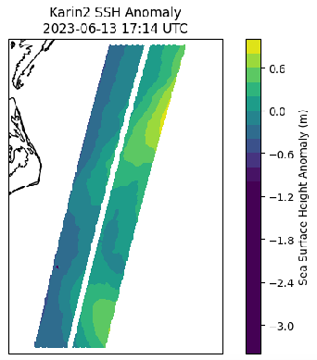
Deep Learning Methods for Inference of Sea Surface Kinematics from SWOT Altimetry
J. Polly, K. Ball, M. Catanzaro, and J. Hineman
OCEANS 2024 - Halifax, Halifax, NS, Canada, 2024, pp. 01-08
Funded by SBIR grants from NOAA and DOE, this paper explores deep learning techniques to infer ocean vorticity and current speed from sea surface height (SSH). Building off prior simulation-based work, we demonstrate the practical efficacy of the technique using data from the recently-launched NASA Surface Water and Ocean Topography (SWOT) satellite, and build sophisticated software tools for extending the technique.
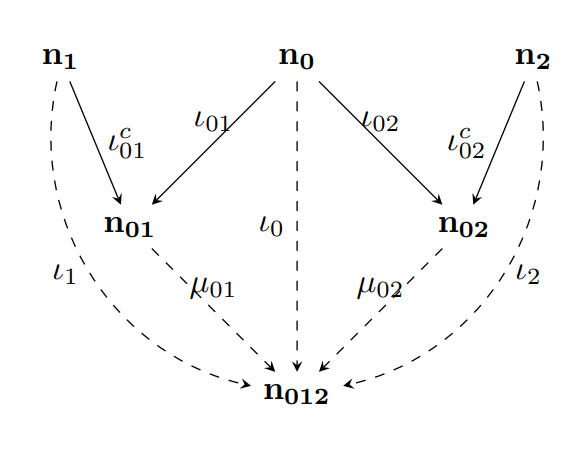
Persistent obstruction theory for a model category of measures with applications to data merging
Abraham D. Smith, Paul Bendich and John Harer
Transactions of the American Mathematical Society Ser. B 8 (2021) 1-38
Funded by the DARPA SIMPLEX program, this paper provides a sophisticated mathematical foundation for semi-automated data-alignment tools that are common in commercial database software. Among the practical payoffs is the ability to quantify a notion of approximate merging of tables arising from disparate sources.

